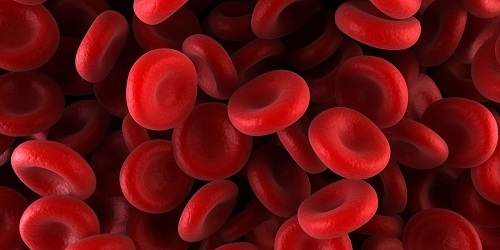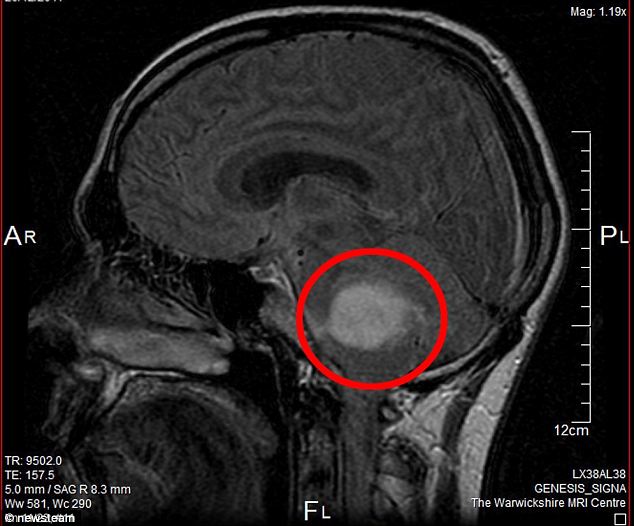A research has supported the use of ablation procedures for the treatment of lung cancer. The article reviewed the results of nearly 100 studies conducted between 1991 and 2011 that concluded that image-guided ablation for lung cancer is a successful alternative for patients who cannot withstand surgery due to advanced age or medical comorbidities. Percutaneous image-guided tumour ablation, which has been applied to a variety of solid tumours, is a proven alternative to radiation therapy and surgery. It is being adopted by many in the radiology community, and has begun to take hold with physicians in the surgical, medical, and radiation oncology fields who are incorporating this new treatment in the care of their patients. Image-guided ablation is proving to be an important tool in the treatment of primary and secondary lung tumours. It offers clinicians and patients a repeatable, effective, low-cost, and safe treatment and, in some cases, cures of both primary and metastatic thoracic malignancies either before or concurrently with systemic therapy and radiation therapy. Radiofrequency ablation is the current ablative method of choice, although other techniques, including microwave ablation, laser ablation, and cryoablation, are also available. Each of these image-guided thermal ablation procedures involves the use of needlelike applicators that are placed directly into tumours by using imaging guidance. Tumours are destroyed by the application of either intense heat or cold.

Be a part of Elets Collaborative Initiatives. Join Us for Upcoming Events and explore business opportunities. Like us on Facebook , connect with us on LinkedIn and follow us on Twitter , Instagram.












